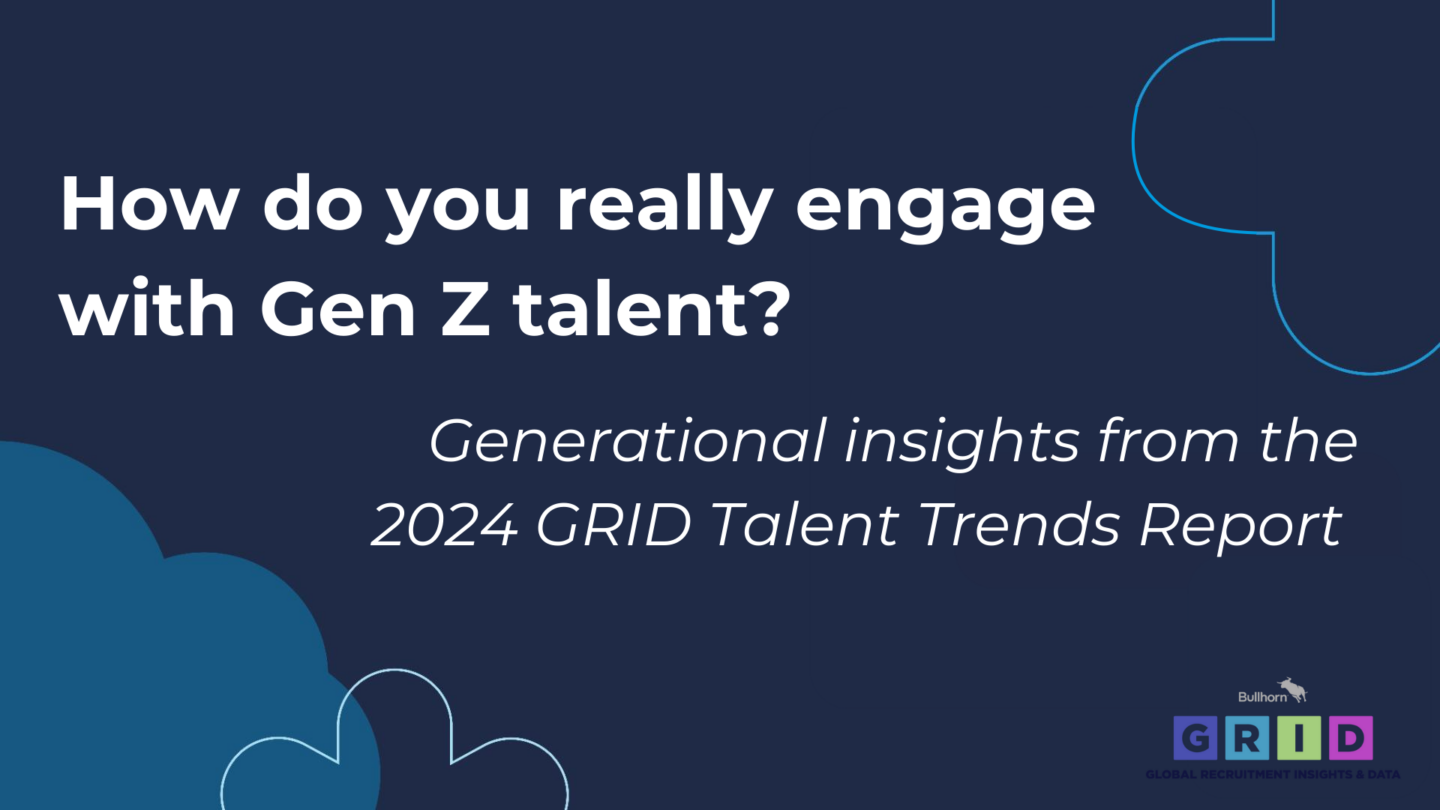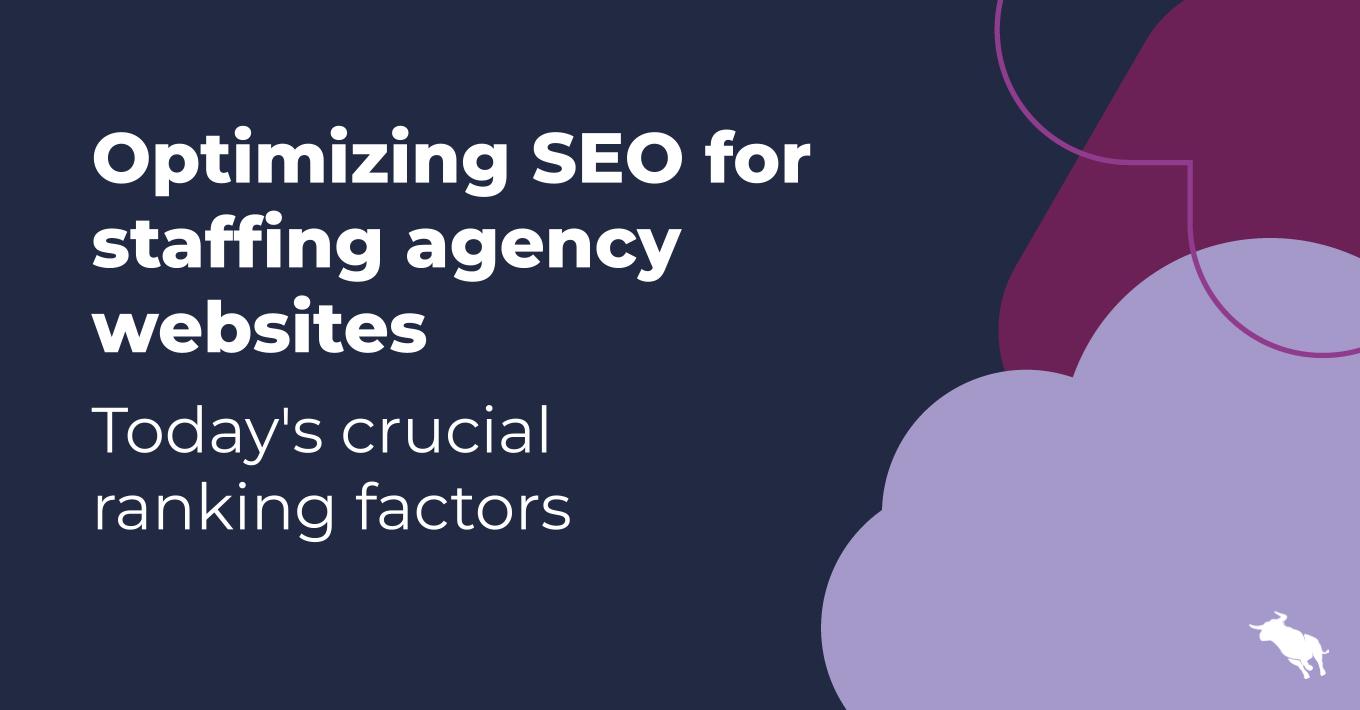5 Telltale Signs Your Customers Are About to Leave

Getting dumped by your customer can be devastating, especially when it’s one that’s been with you since the beginning or one of your biggest advocates. But if we’re honest with ourselves, customers don’t just decide to leave. There were likely plenty of telltale signs indicating your customer was less than thrilled or on the market for another solution. Maybe you ignored them, or maybe you didn’t have the right tools in place to even know a problem was growing. Either way, your customer’s gone and you’ve learned a valuable lesson — one that’ll help you proactively look for relationship signals that’ll help you be better prepared the next time around.
Here are 5 things that signal your customer may be about to jump ship:
- Silence. No communication means there’s no relationship. Engaged customers actively use your platform, ask questions, and provide feedback on ways you can make it better. If they’ve gone silent all of a sudden, you may have a disengaged customer that’s looking for an escape plan.
- Your Contact’s Changed. When your contact transitions into another role or leaves the company, it can be a sign that changes are coming. Someone inherits the role and that person may have very little experience with your solution or may not see the value you’ve provided and can continue to deliver. Even worse — that person could be looking to make some sweeping changes to prove he’s different from his predecessor. For the sake of your relationship and to avoid potential churn, it’s critical to start engaging your new contact before he seeks other options.
- Your NPS is Plunging. Net Promoter Score (NPS) is a common metric companies use to measure customer happiness. Your company may use this or some other customer health metric, but it’s important to pay careful attention to the trends. A significant drop in NPS is a clear sign your customers aren’t happy and may be shopping around for alternatives.
- Acquisition. Your customer gets acquired by another company. The new company will likely have their own vendor relationships, but that doesn’t mean you’ll lose the account. Don’t wait for your customer to contact you because it might be too late. Be proactive and offer assistance during the transition. These situations serve as reminders about why strong relationships matter in business. If you weren’t highly engaged with your customer and didn’t know about an impending change in their business, it may be too late when you find out.
- Spend Dramatically Drops. The amount your customers are spending with you can correlate with the strength of your relationship. If your customer cuts their spend, even though you think you’re delivering value, there’s a good chance your customer relationship may be on the downturn.
When you’re faced with these scenarios, the key is to engage and be proactive with your customers. Don’t be defensive. Instead, take the opportunity to listen and understand your customer’s needs so you can get your relationship back on track. Use technology to keep track of conversations with clients, NPS, and other customer health trends over time and you can avoid being blindsided and get ahead of customer issues before they arise.
Learn more about how you can use technology to proactively address client relationship issues, reduce customer churn, and grow your business by keeping your clients happy.




